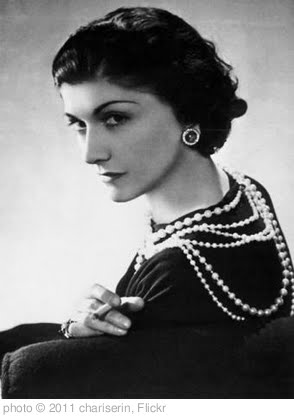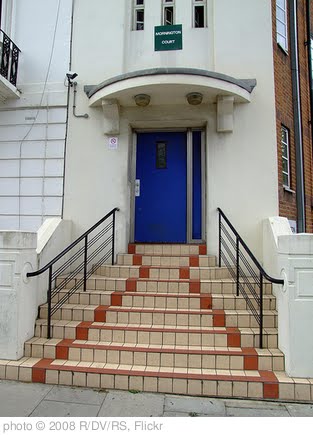Among the bestsellers and critically acclaimed books of 1925:
Gene Stratton Porter, The Keeper of the Bees
Sinclair Lewis, Arrowsmith
Anne Parrish, The Perennial Bachelor I assume this is the same Anne Parrish who had a Newbery Honor book in 1925 (see below). Her books won Newbery Honors twice more, in 1930 and in 1950. Yet, I’ve never seen anything by Ms. Parrish.
In the 1920s, Anne and her husband were browsing in a bookstore in Paris when she came upon a special children’s book. It was a well-worn edition of Jack Frost and Other Stories. She immediately showed it to her husband, remarking that the story had been one of her favorites as a little girl. Her husband opened the book and was stunned to read the inscription inside: “Anne Parrish, 209 N. Weber Street, Colorado Springs, Colorado.”
Fannie Farmer, ed., The Boston Cooking School Cook Book. First published in 1896, Fannie Farmer’s Cookbook became an American classic. It eventually contained 1,849 recipes.
“It is my wish that it may not only be looked upon as a compilation of tried and tested recipes, but that it may awaken an interest through its condensed scientific knowledge which will lead to deeper thought and broader study of what to eat.”
A. A. Milne, When We Were Very Young
F. Scott Fitzgerald, The Great Gatsby My history and literature students are finishing up Mr. Fitzgerald’s story of the enigmatic Mr. Gatsby this week. Here’s a rather indicative conversation from the book:
Nick: “You’re a rotten driver. Either you ought to be more careful, or you oughtn’t to drive at all.”
Jordan: “I am careful.”
Nick: “No, you’re not.”
Jordan: “Well, other people are.”
Nick: “What’s that got to do with it?”
Jordan:”They’ll keep out of my way. It takes two to make an accident.”
Nick: “Suppose you meet someone just as careless as yourself?”
Jordan: “I hope I never will. I hate careless people. That’s why I like you.”
I wrote more about the deeply spiritual carelessness of Daisy and Tom and Jordan here.
Prosper Buranelli et al., The Cross Word Puzzle Books
Virginia Woolf, Mrs. Dalloway
The Nobel Prize for Literature in 1925 went to playwright George Bernard Shaw.
Pulitzer Prize for the Novel: So Big by Edna Ferber.
I’ve read So Big, and it’s a decent story. But I’m not sure it’s Pulitzer Prize material, anymore than Ferber’s fun, but highly inaccurate, novel of Texas, Giant. Giant was made into a 1956 movie starring Elizabeth Taylor, James Dean, and Rock Hudson.
1925 Newbery Medal Winner:
Tales from Silver Lands by Charles Finger. (Doubleday, 1925) I’ve tried to read this book, but honestly the “tales” from South America are rather dry and not too exciting.
Honor Books: (I wish I could find copies of these two. It would be fun to see what librarians in 1925 thought were “honor books.”)
Nicholas: A Manhattan Christmas Story by Annie Carroll Moore (Putnam)
The Dream Coach by Anne Parrish (Macmillan)
Nonfiction set in 1925:
The Cruelest Miles: The Heroic Story of Dogs and Men in a Race Against an Epidemic by Gay Salisbury & Laney Salisbury. Recommended by Heather J. at Age 30+ A Lifetime of Books.
Fiction set in 1925:
Greenery Street by Denis Mckail. Re-published in 2002 by Persephone Books. Recommended by Dani Torres at A Work in Progress.





